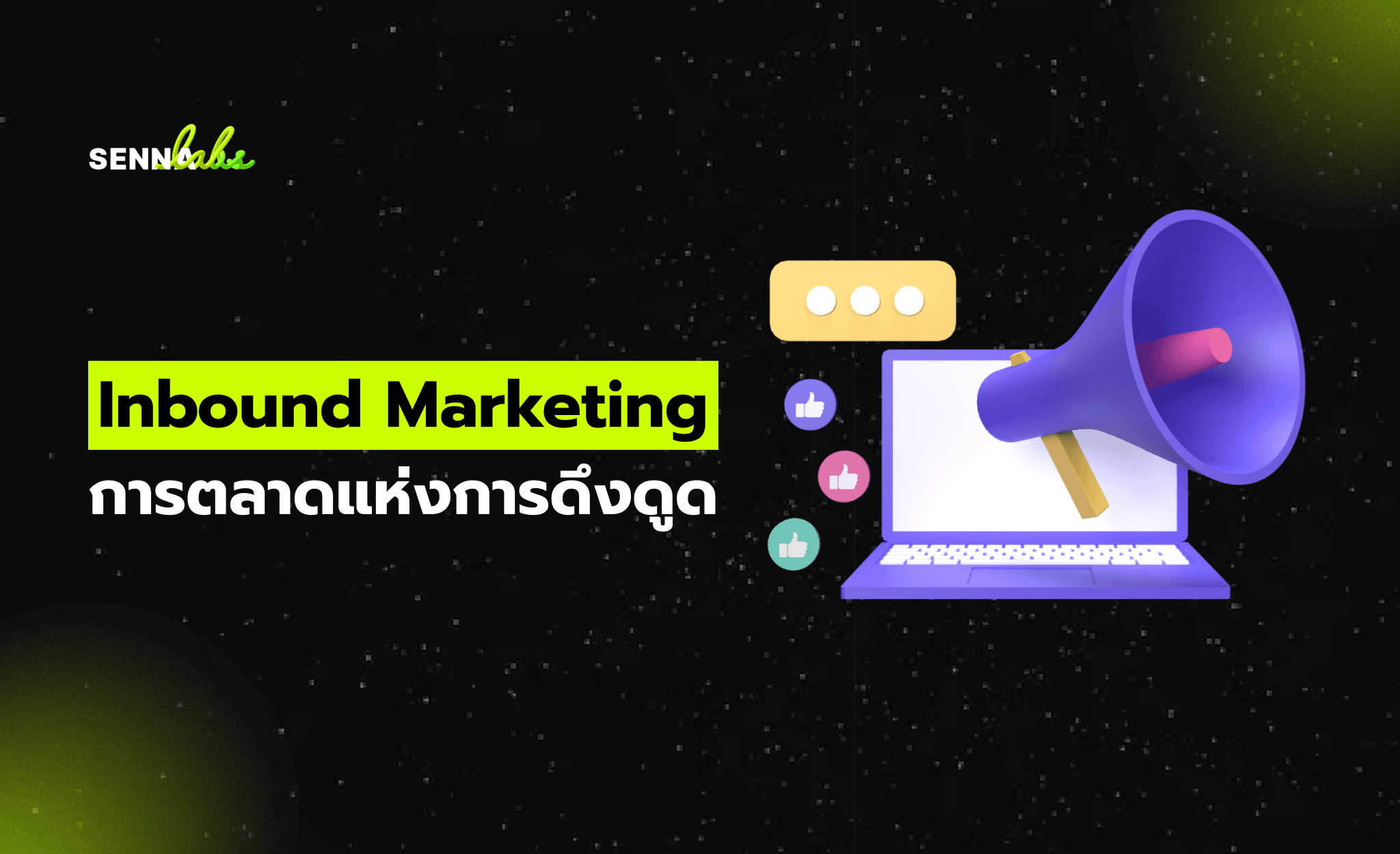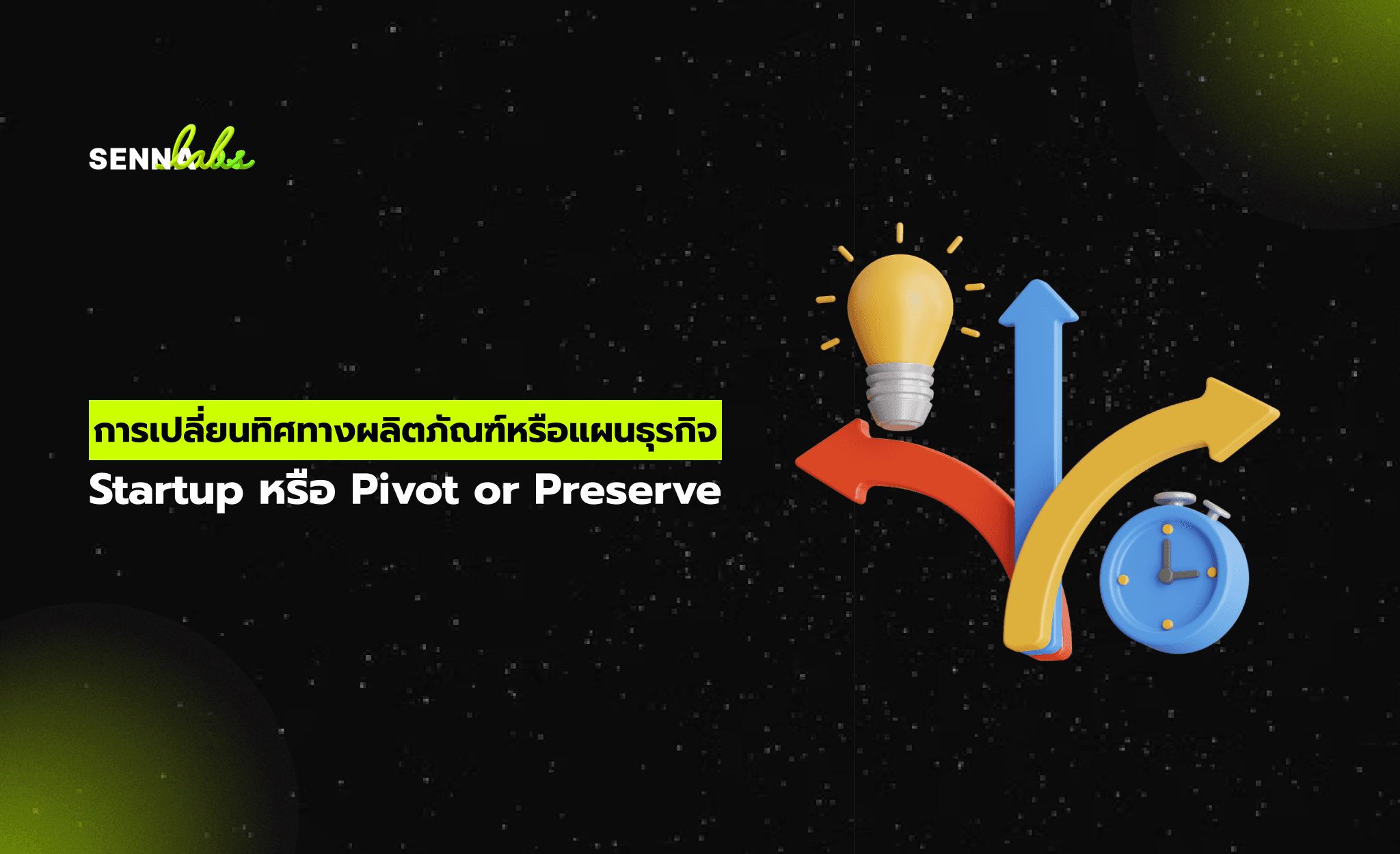How Flutter Reduces Development Time for Cross-Platform Apps

In today’s rapidly evolving tech landscape, businesses need to stay competitive by quickly delivering high-quality mobile applications that meet the demands of their users. With customers expecting seamless experiences on both iOS and Android devices, the challenge for developers has been how to efficiently build, maintain, and update apps across these platforms without significantly increasing development time or costs.
Traditionally, businesses have had to develop separate native apps for iOS and Android using different programming languages and frameworks—Swift or Objective-C for iOS, and Kotlin or Java for Android. This has meant increased time, effort, and resources, as development teams worked in parallel to maintain two distinct codebases. The need for a more efficient approach has led to the rise of cross-platform development frameworks, and among them, Flutter has become a standout tool for reducing development time while maintaining high performance and flexibility.

In this article, we will explore how Flutter dramatically reduces development time for cross-platform apps by allowing businesses to maintain a single codebase for both iOS and Android. We'll also delve into a real-world use case where an e-commerce business successfully switched to Flutter for its mobile app, enabling faster feature rollouts and improved app management.
The Need for Faster Mobile App Development
Businesses across industries are under increasing pressure to release new features, updates, and bug fixes more quickly than ever before. The speed of development has become a critical factor in staying competitive, especially in industries like e-commerce, where user expectations for convenience, performance, and new features are high.
However, traditional native development methods—where separate teams build apps for iOS and Android—come with inherent challenges:
-
Increased Development Time: Each platform requires its own development cycle, leading to longer times to market.
-
Duplicated Efforts: Teams must write and maintain two separate codebases, even though much of the functionality is the same across platforms.
-
Higher Costs: Maintaining two development teams and managing two codebases leads to higher operational and resource costs.
As a result, many businesses have turned to cross-platform development frameworks, and Flutter, developed by Google, has emerged as a leading choice. Flutter addresses these challenges by offering a unified solution that significantly reduces development time, while still delivering high-quality, native-like performance on both iOS and Android.
How Flutter Reduces Development Time
1. Single Codebase for Multiple Platforms
The most significant time-saving feature of Flutter is its single codebase. With Flutter, developers write one set of code that runs on both iOS and Android. This eliminates the need for separate development teams and parallel development cycles for each platform. Instead, a single team can manage the entire project, reducing duplication of effort and ensuring consistency across platforms.
By maintaining a single codebase, developers can also:
-
Simultaneously release features on both iOS and Android, avoiding the delays associated with staggered rollouts across platforms.
-
Share business logic and core functionalities across both platforms, ensuring that the app behaves consistently no matter which device the user is on.
-
Maintain consistency in UI/UX, as the same code can be used to render the app’s interface across all platforms.
For businesses, this means they can develop and launch apps faster, with less overhead and fewer resources dedicated to maintaining separate codebases.
2. Hot Reload for Faster Development Cycles
Flutter's Hot Reload feature is another game-changing tool for speeding up development. Hot Reload allows developers to instantly see the results of their code changes without having to rebuild the entire app. When developers make changes to the app’s code, they can immediately view the updates in the emulator or on a physical device.
This capability provides several advantages:
-
Faster iteration: Developers can quickly test new features, design changes, or bug fixes and see the impact in real time, without having to wait for a full rebuild.
-
Reduced downtime: The ability to instantly reload the app minimizes downtime between development cycles, allowing teams to stay productive and efficient.
-
Improved collaboration: Hot Reload facilitates collaboration between developers, designers, and product teams, enabling quick feedback and adjustments without the need to rebuild or recompile.
This feature is particularly beneficial for e-commerce apps, where frequent updates are necessary to keep up with new promotions, product launches, and customer feedback.
3. Comprehensive Widget Library for Customizable UI/UX
Flutter provides a rich set of pre-built and customizable widgets that allow developers to create visually appealing and consistent UIs for both iOS and Android. These widgets are a core part of Flutter’s framework and are designed to be highly customizable to match the design and branding of the app.
Because Flutter’s widgets are platform-agnostic, developers can build custom UIs that maintain a consistent look and feel across platforms without having to write separate code for each platform’s design conventions. This saves time in both the design and development phases, as developers can focus on a single set of design specifications rather than adapting the UI to each platform’s unique requirements.
Additionally, Flutter’s widget system enables:
-
Smooth animations and transitions that enhance the user experience, giving the app a polished, native-like feel.
-
Reusable components that can be shared across different parts of the app, further streamlining development.
For an e-commerce business, these capabilities mean that the app’s design and interface can be rapidly built and iterated on, allowing for quicker updates to the shopping experience, checkout flow, or promotional banners.
4. Native Performance without Compromise
One of the common concerns with cross-platform development is the potential for performance issues. However, Flutter’s architecture allows it to deliver near-native performance for both iOS and Android apps. This is achieved through Flutter’s Dart programming language and Skia graphics engine, which render the app directly to the device’s screen using native ARM code.
This approach ensures that Flutter apps:
-
Run smoothly on both iOS and Android devices, without the need for a JavaScript bridge (as required by other cross-platform frameworks).
-
Handle complex animations and interactions with ease, making the app feel responsive and fluid for users.
By offering native performance without the overhead of managing two separate codebases, Flutter enables businesses to deliver high-quality apps quickly, without sacrificing the user experience.
5. Faster Feature Rollouts and Updates
For businesses, one of the key advantages of using Flutter is the ability to roll out features and updates more quickly. With a single codebase, businesses can implement new features or updates once and deploy them across both iOS and Android simultaneously. This reduces the time spent waiting for features to be built, tested, and released on one platform before starting work on the other.
This is particularly valuable for businesses like e-commerce platforms, which often need to roll out new promotions, sales events, or product updates quickly to remain competitive. Flutter’s ability to accelerate the development cycle allows businesses to respond faster to market demands and user feedback.
Real-World Use Case: An E-Commerce Business Switches to Flutter
Let’s explore a real-world example where an e-commerce business successfully switched to Flutter for its mobile app development. By moving from separate native apps for iOS and Android to a single Flutter codebase, the company was able to streamline its development process, improve efficiency, and deliver faster feature rollouts.
The Challenge
The e-commerce business originally maintained separate native apps for iOS and Android, with two development teams working in parallel to build and maintain each version of the app. While the company had successfully grown its user base, the challenges of managing two separate codebases became increasingly apparent:
-
Long development cycles: Each new feature had to be built, tested, and deployed separately for iOS and Android, resulting in staggered rollouts and delays in feature launches.
-
High maintenance costs: Maintaining two codebases required more resources and development hours, leading to higher operational costs.
-
Consistency issues: Ensuring that both versions of the app offered the same user experience and functionality required constant coordination between the iOS and Android teams.
To address these challenges, the company decided to explore cross-platform development options and ultimately chose Flutter for its ability to maintain a single codebase while delivering native-like performance.
The Solution: Switching to Flutter
By switching to Flutter, the e-commerce business was able to consolidate its development efforts and create a unified app that worked seamlessly on both iOS and Android. Key benefits included:
-
Unified development team: The company no longer needed separate iOS and Android teams, as the entire app could be built using a single codebase. This streamlined communication and collaboration across the team.
-
Faster feature rollouts: With Flutter, the business was able to release new features simultaneously on both platforms, allowing for quicker responses to market demands and customer feedback.
-
Lower maintenance costs: Maintaining one codebase reduced the overall development and maintenance burden, freeing up resources to focus on improving the app’s functionality and user experience.
-
Improved consistency: The Flutter framework ensured that the app’s UI/UX remained consistent across both iOS and Android, eliminating discrepancies that had previously existed between the two versions of the app.
The Results
After switching to Flutter, the e-commerce business experienced significant improvements in its development process. The company was able to:
-
Accelerate feature development: New features were rolled out more quickly, keeping the app competitive and responsive to user needs.
-
Reduce operational costs: The unified codebase reduced the need for duplicate development efforts, allowing the company to allocate resources more efficiently.
-
Enhance the user experience: The app’s consistent UI/UX across both platforms helped create a more polished and cohesive experience for users.
By choosing Flutter, the e-commerce business was able to maintain its competitive edge in a fast-moving market, while also reducing development time and costs.
Conclusion
Flutter is revolutionizing cross-platform app development by providing businesses with a faster, more efficient way to build and maintain mobile apps for both iOS and Android. Its single codebase, Hot Reload feature, and customizable widget system allow developers to deliver high-quality apps in a fraction of the time required by traditional native development methods.
As demonstrated by the e-commerce business that switched to Flutter, the framework not only reduced development time and costs but also enabled faster feature rollouts and a more consistent user experience across platforms. For businesses looking to streamline their mobile app development process and stay competitive, Flutter offers a powerful solution that balances speed, flexibility, and performance.
New version of GPT available - Continue chatting to use the old version, or start a new chat for the latest version.


Subscribe to follow product news, latest in technology, solutions, and updates
Other articles for you



Let’s build digital products that are simply awesome !
We will get back to you within 24 hours!Go to contact us Please tell us your ideas.
Please tell us your ideas.







